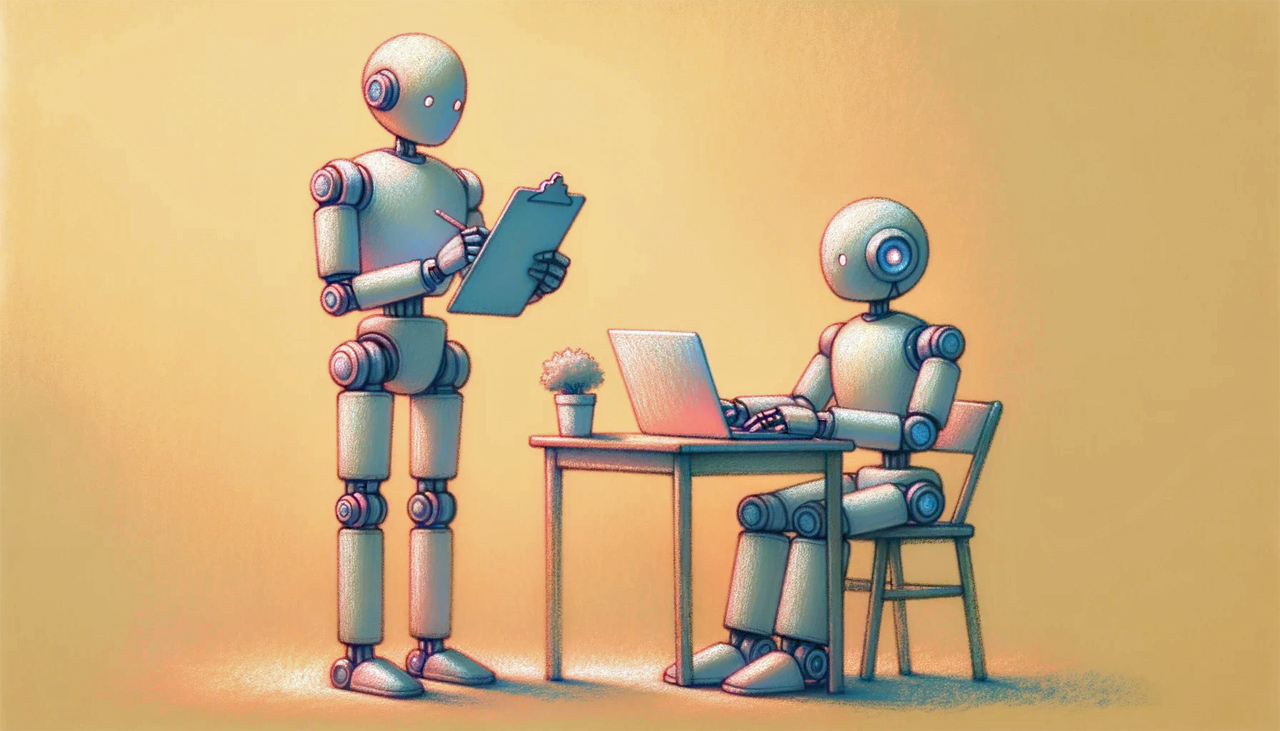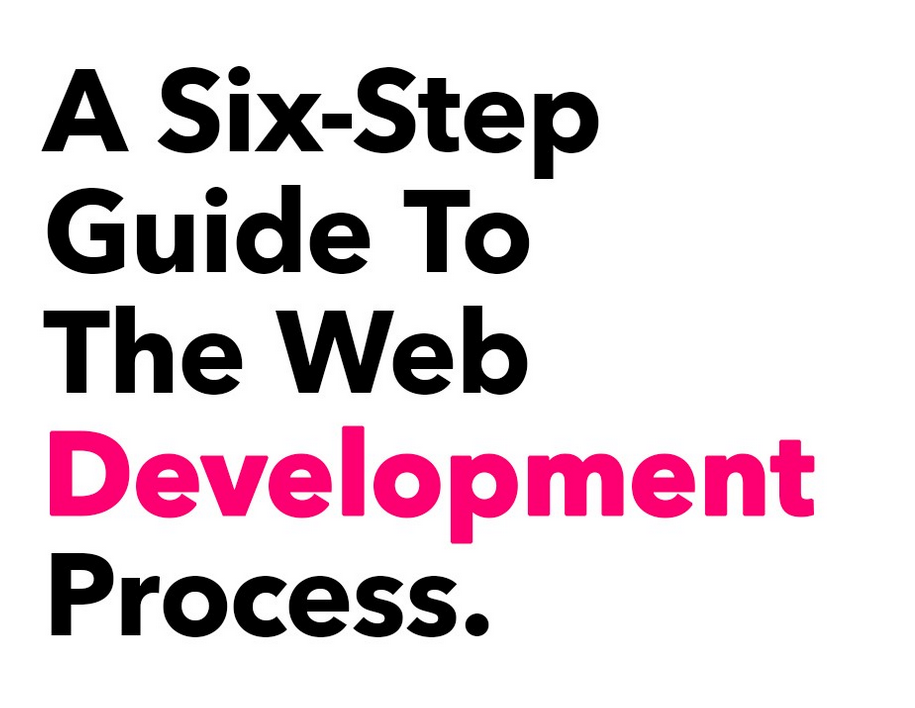Once upon a time, UX research was akin to an archaeological dig, sifting through layers and layers of user behavior to unearth precious artifacts of insight. Fast forward to today, and Artificial Intelligence (AI) has handed us the equivalent of a high-powered, GPS-guided, insight-excavating machine. This advancement isn’t just about making things faster; it’s about making them smarter, sharper, and significantly more user-centered.
So, buckle up, UX designers and researchers, and get ready to meet your new teammate, AI – not just as a mere computational marvel but as a transformative ally in your quest toward the zenith of product design.
What is Artificial Intelligence?
But what is this sorcery known as artificial intelligence? In the simplest terms, it’s about teaching machines to think and learn like us humans – a concept that sounds like it’s straight out of a futuristic novel but is very much the reality of today. Most AI systems guzzle large amounts of “training” data, learn to spot patterns within this data, and then use these patterns to make educated guesses or decisions in real-world scenarios.
But AI is not just a single monolithic entity. It’s a constellation of technologies under a single umbrella. These include machine learning, where algorithms learn from data without explicit programming; natural language processing, which helps machines understand and interact using human language; computer vision, giving machines the ability to ‘see’ and interpret visuals; and more.
So, it’s not surprising that the field of UX research, with its heavy reliance on data analysis and pattern recognition, is ripe for an AI revolution. In fact, IBM reports that a staggering 48% of organizations are already reaping enhanced customer experiences through AI adoption. And it doesn’t stop there. According to PwC, 14% of the most advanced enterprises leveraging AI and machine learning for new product development are earning over 30% of their revenues from fully digital products or services.
Unpacking AI’s Effect on UX Research
For years, UX researchers have been observing, deducing, and painstakingly piecing together the user experience puzzle. Now, with AI stepping into the ring, the game is changing – and for the better. Here’s a look at some benefits of integrating AI into UX research:
Super-Speedy Data Synthesis
AI can chew through colossal datasets at a pace no human can match, spitting out trends, anomalies, and patterns that might take us ages to uncover, if at all. For UX researchers, this means drastically shortening the gap from data gathering to insight realization. The result? A faster turnaround in design iterations and a quicker path to an optimized user experience.
Automating the Mundane
AI excels at taking over those repetitive, tedious tasks that are crucial but not exactly thrilling. Transcribing user testing interviews, sorting through mountains of A/B comparison data, tagging user responses – AI can handle these with robotic efficiency, freeing up human researchers to engage in more strategic, creative work.
Brewing Up Predictions
Here’s where it gets even more exciting: AI doesn’t just tell us what users want now; it can even suggest what they’ll want next. This predictive prowess comes from machine learning algorithms that can forecast user behaviors and preferences, turning UX researchers into digital fortune tellers. The result? Designs that are not just reactive to current user needs but proactive in anticipating future desires.
Tailored with a Capital T
Customers gravitate towards brands that resonate with them personally – and AI-driven segmentation can help make this connection stronger than ever. By dissecting large pools of user data, AI helps segment customers with laser precision, allowing UX designers to tailor experiences that speak directly to individual preferences and behaviors. This level of personalization was once a pipe dream but is now increasingly achievable thanks to AI technologies.
Busting Biases with Brains of Silicon
Bias, the sneaky saboteur of research, meets its match in AI. With its objective lens, an adequately trained AI system can cut through subjective interpretations, offering a purer, more undiluted form of truth, free from human foibles. This means UX designs driven by data that genuinely reflect the real, wonderfully diverse audiences you serve, not the researcher’s unconscious leanings.
AI in Action – Real-World Examples of UX Transformation
Let’s bring the benefits out of theory and into the real world. Consider Spotify’s Discover Weekly feature. By analyzing your listening history, Spotify’s algorithms create a personalized playlist that feels handpicked by a close friend who knows your music taste inside out. It’s predictive, it’s personal, and it’s incredibly sticky as a feature.
Another success story is Netflix’s recommendation engine. It’s not just suggesting movies and shows at random. AI algorithms analyze your viewing habits, compare them with millions of other users, and then suggest content that you’re likely to enjoy. This kind of personalized experience keeps users coming back, reducing churn and increasing engagement.
Navigating the AI-enhanced Landscape of UX Research
As the boundaries between AI and UX research continue to blur, it’s essential for UX professionals to not just embrace AI but also to understand how to navigate this new landscape effectively. Here are some key considerations:
Discern When to Deploy AI
Just because you have a hammer doesn’t mean every problem is a nail. AI, with all its bells and whistles, is indeed a powerful tool, but it’s crucial to discern when and where its deployment can be most effective. Take the case of OneUp, a social media and Google My Business scheduling app. Crafted by Draftss, its development saga was a tightrope walk of balancing multiple top-tier choices to create a seamless, single-screen dashboard. It was no walk in the park – every tweak and twist in its design demanded substantial time and sweat.
Now, while the human touch was indispensable in dreaming up OneUp’s slick interface, AI could’ve been working behind the scenes, fine-tuning the design with rapid A/B tests and prototype trials, slicing through the fog of confusion, offering quick, actionable insights. This could have accelerated the design phase, blending human creativity with AI efficiency to craft an even more user-centric experience.
Balance Hype and Reality
Critics are locked in a fierce debate on AI’s potential in UX research. Some say AI is still a toddler wobbling on unsteady legs, limited in functions and understanding. Others fear it’s morphing into a super-intelligent entity ready to snatch the analytical crown from human UX researchers. Let’s cut through the hyperbole. AI, as we stand today, is neither an omniscient overlord nor a simple tool with training wheels.
It’s a rapidly evolving ally in the UX research and design toolkit, capable of automating the monotonous and illuminating the hidden yet still relying on the human touch for the final, intuitive leap. So, before you start worrying that AI might steal your job, relax. AI in UX isn’t about replacing the researcher; it’s about augmenting their abilities. It’s the Iron Man suit to your Tony Stark. The key is learning to manage this technology, steering it in the right direction while reveling in its computational might.
Upgrade Your Data Management Systems
Raw data is just potential. It’s the organization, accessibility, and analysis of this data that unlocks its true power, which makes efficient data management systems an essential part of leveraging AI in UX research. Think of it as setting up a digital library – your AI tools are the eager readers, hungry for information. The better organized your library, the more effectively your AI can consume and process this data.
Most leading data or document management systems will ensure that your AI tools can access, analyze, and interpret data seamlessly without hiccups. This will help you create a fluid ecosystem where data flows effortlessly, allowing AI to sift through it and provide actionable insights.
Be Mindful of the Challenges
Like any new technology, integrating AI into UX research comes with its share of teething troubles. It’s not just about pushing buttons and watching the magic unfold. It’s about understanding and overcoming the challenges that AI brings to the table:
Peril of Overreliance
There’s a thin line between using AI as a crutch and using it as a tool. Overreliance on AI can lead to a homogenization of design, where every solution feels eerily similar or a technically sound but soulless user interface that fails to resonate with its human users. The challenge for UX professionals is to strike the right balance between leveraging AI’s capabilities and maintaining originality and creativity in their designs.
The Black Box Dilemma
One of the biggest criticisms of AI is the ‘black box’ nature of its decision-making process. Understanding how AI arrives at certain conclusions can be opaque, making it difficult for UX researchers to fully trust or explain these decisions. This challenge calls for more transparent AI systems where the decision-making process is clearer and more interpretable.
Ethical Considerations and User Privacy
In your quest to harness AI for UX, don’t forget the ethics compass and the sanctity of user privacy. As a UX professional, you’re the guardian of user data. Ensure transparency in how user data is collected and used. Build trust by communicating clearly with your users about the role of AI in enhancing their experience and safeguarding their data against misuse.
Leverage the Right Tools
As we delve further into this AI-augmented landscape, it’s crucial to arm oneself with the right set of tools. Many options are available, but not all will suit your specific needs. Evaluate tools based on their ability to provide actionable insights, ease of integration, and how they align with your UX goals:
Custom AI Solutions vs. Off-the-Shelf Tools
While off-the-shelf AI tools can be cost-effective and quick to deploy, custom AI solutions tailored to your specific UX needs can offer more precise insights. Assess your project requirements and resources to make an informed choice between bespoke solutions and ready-made tools.
Feedback Collection Platforms
Acting as your digital earpiece, these AI-based tools are adept at picking up even the subtlest signals in real-time user feedback. For B2C scenarios, leverage the robust capabilities of Loop11 to gather targeted testing feedback. Meanwhile, for those in the B2B realm, a more hands-on approach using platforms like Zendesk or Thena can help expand your feedback horizon, allowing for more organic, in-context feedback that can be invaluable in shaping user-centric designs.
Collaboration Platforms for Cross-Functional Teams
Today’s UX research involves a chorus of voices from different disciplines: data scientists, developers, marketers, and more. Collaboration platforms that integrate AI tools can bridge the gap between these diverse teams, facilitating seamless information sharing and collective decision-making.
AI: Your Co-pilot in Design Research
With the burgeoning AI industry poised to revolutionize everything from market analysis to user behavior prediction, UX professionals who don’t hop on the AI bandwagon might just find themselves playing a never-ending game of catch-up. So, UXers, it’s time to embrace AI not as a threat but as an ally – one that empowers us to dig deeper, move faster, and reach higher in our quest to understand and delight the users we serve.
- AI for UX Research: How Artificial Intelligence is Changing the Design Game - February 12, 2024
![]() Give feedback about this article
Give feedback about this article
Were sorry to hear about that, give us a chance to improve.








